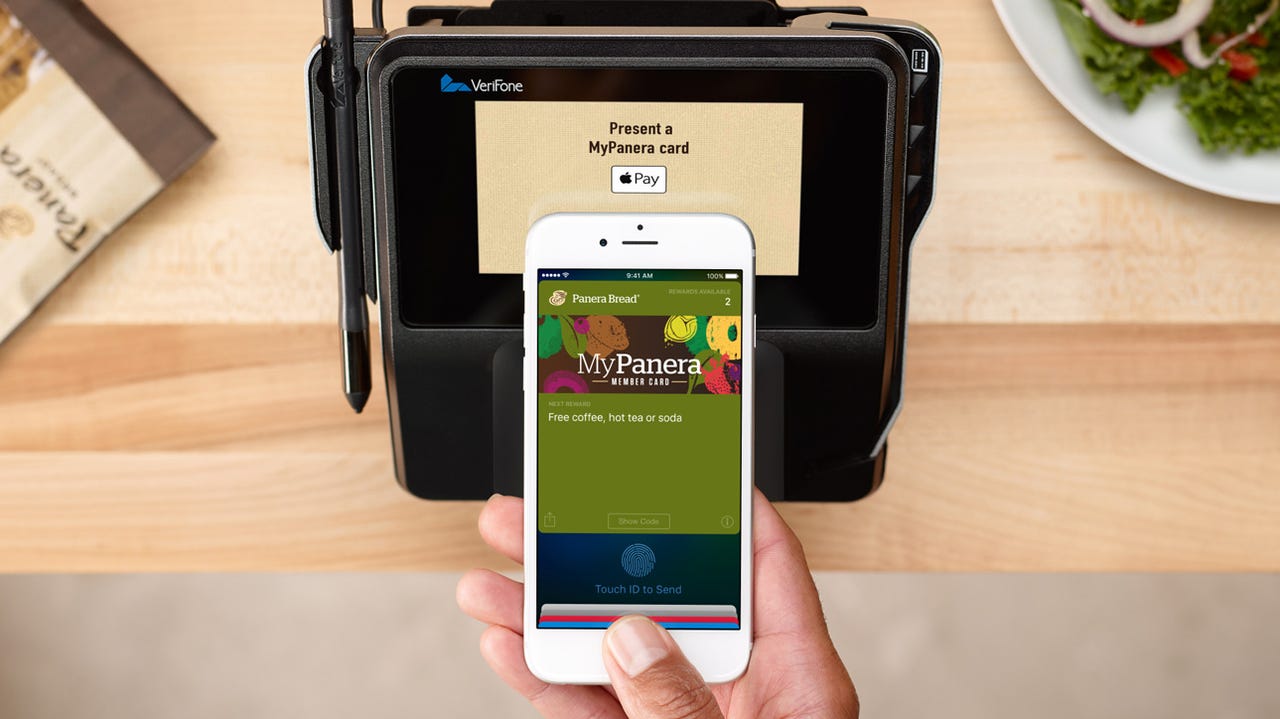Apple Pay is smart, but don't throw away your wallet just yet


Apple's mobile payment service will arrive on iPhones and iPads in the UK within weeks, but it could be far longer before we know if it's been a success.
At its World Wide Developer Conference this week, Apple revealed that several of the UK's biggest banks (but not all) and retailers have signed up to be part of its Apple Pay service, which allows customers to pay in shops by tapping their iPhone or Apple Watch on a contactless payments reader.
Banks, smartphone makers, mobile operators, and credit card companies have been working on different mobile payment systems for years with little success, creating some bizarre franken-mobile payment systems along the way. Many industry watchers have been expecting Apple Pay's arrival to be the catalyst for real growth in the sector, but paying with a slab of glass and metal, rather than a sliver of plastic, may take a while to truly become popular.
So far in the US, adoption of Apple Pay has been patchy: research by Reuters found that only a quarter of the top 100 US retailers currently accept Apple Pay and nearly two-thirds of the chains said they would not be accepting it this year. The retailers complained about lack of demand from customers, no access to data generated by Apple Pay transactions, and the cost of the technology needed to support the payments system. A separate survey by Sage Pay found that only a quarter of UK retailers are intending to use the technology.
WWDC 201
Still, one thing that could seem to make it easier for Apple Pay to gain traction is that the infrastructure for taking NFC payments is already in place, since contactless payment readers and cards have been common in the UK for some time. However, that could work against Apple Pay: UK consumers are increasingly comfortable with using wave-and-pay on their existing cards, so Apple's implementation may seem not especially remarkable, particularly given the transaction limit is the same.
Security is one of the touted benefits of Apple Pay: Apple argues that every time you hand over a credit or debit card, your card number and identity are visible. With Apple Pay, a different device account number is used, along with a transaction-specific dynamic security code to process the payment. As a result, credit or debit card numbers are never given to the retailer.
It's an elegant set up and will tighten payment security, but I'm not sure there's that much concern from consumers around the level of security on their cards right now, as chip and PIN seems to have done a good enough job of protecting users' accounts.
Of course, in the longer term, greater security is no bad thing and may well bolster the use of mobile payments as users get more comfortable with paying with their devices. For some, though, Apple Pay may provide a bit too much security: do I really have to authenticate a transaction with my fingerprint every time I buy a sandwich?
There's still no obvious benefit for consumers in using Apple Pay, other than a slightly thinner wallet if you feel confident enough to ditch your physical cards in favour of mobile payments. That's unlikely in the short term, especially as our cards have multiple uses: the same card you use for contactless transactions is the one you use to get cash from an ATM.
Then there is that most prosaic of problems that looks set to hamper adoption: a flat iPhone (or Apple Watch) battery means you can't buy anything or use the Tube, a situation that just doesn't arise with credit cards.
And for the banks, Apple Pay risks pushing them into the background and so undermining their relationship with customers: it could turn them into dumb payment processors (just as the iPhone turned mobile networks into dumb pipes). As a result, while banks may join the scheme, you're unlikely to see them promoting it heavily any time soon.
There's more of a case for using Apple Pay inside a retailer's app - for example, upmarket online retailer Ocado will use Apple Pay to streamline paying for groceries so that customers can pay for their quinoa by touching the fingerprint reader on their iPhone.
And it's worth remembering that Apple is building from a relatively small base: in store you can only pay with an iPhone 6 or 6 Plus. If you are paying with an Apple Watch (if you've managed to buy one), you can add the iPhone 5, 5c and 5s to that list too. For in-app purchases, you can only use the iPhone 6 and 6 Plus or the iPad Air 2 or iPad mini 3.
The fundamental problem is that credit cards are a really good way of paying for stuff. Until mobile payment systems (and there are more on the horizon) come up with a really compelling reason for customers to migrate, that dumb sliver of plastic will, for many, be more useful than the best that Cupertino can offer.
Despite all of this, Apple Pay has the best chance of persuading consumers to use mobile contactless payments, compared to others' attempts, thanks to its installed base of users and smooth UI. You can see the breadth of Apple's ambition in its decision to rebrand its Passbook tickets and loyalty cards app to 'Wallet'. You might not be throwing away your battered old billfold yet, but if Apple has its way, you soon will.
More on Apple Pay and mobile payments
- Barclaycard's PayTag 'upgrades' your phone for contactless payments
- Why mobile payments is like Wacky Races -- and why Apple is steering clear
- The next digital battlefield: Your wallet